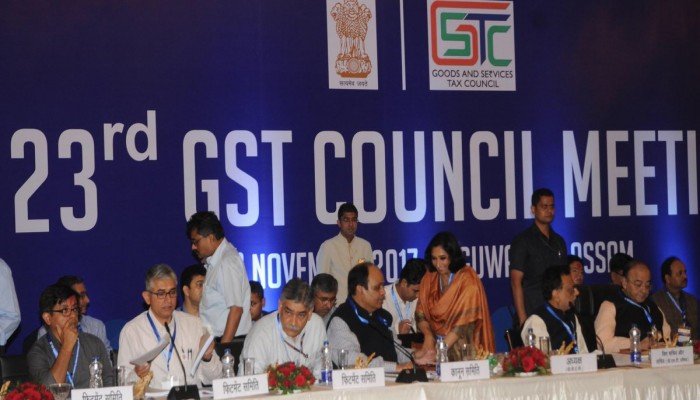
The landmark GST (Goods and Services Tax) which subsumed over a dozen taxes on domestic goods and services under a single tax within India’s federal structure (Union government, 29 States and 7 Union Territories), was implemented from 1st July 2017. Given the enormous complexity of the landmark GST reform in India, some of the unanticipated or underestimated challenges during the initial period of implementation are to be expected. The policymakers have commendably responded periodically to the implementation challenges in defining the base for some of the commodities and transactions, in fine-tuning IT support infrastructure and GST regulations.
As an example, the GST Council in the 23rd meeting at Guwahati on November 10, 2017, reduced GST rates on around 200 items to better reflect the desired tax burdens on household expenditure patterns, reduce compliance costs for businesses, relaxed penalties and ease other regulations to reduce compliance costs, particularly for small businesses.
It does appear that the GST as a project has been approached as a ‘Tax on goods and Tax on Services’ rather than as an ‘Integrated Tax on Goods and Services’. This is illustrated by the provision that businesses dealing only in goods (except for restaurant sector taxpayers) can opt for the composition scheme applying to those with annual turnover below INR 1.5 crore. The GST rate for manufacturers and traders under it is 1 percent, while for restaurants it is 5 percent. The businesses are not required to maintain detailed account but also cannot benefit from input tax credit. The businesses need to file GST return on a quarterly basis. This scheme thus reduces compliance costs of small businesses significantly. Similar businesses providing services also should be included if GST is considered as an integrated tax on goods and services.
Before the GST was implemented, goods and services were taxed under different tax laws and implementing regulations and administrative structure by different jurisdictions. So, a learning-period in approaching GST in an integrated manner, with minimum need for separate classification as a ‘Good’ or as a ‘Service’ has become essential. The extent of learning period will depend on how different relevant tax administration organizations of the Union and the Union Territories are restructured and motivated reflect integration of domestic taxes on Goods and Services as a unified tax. Hence, a short learning period involving all the stakeholders is imperative for the success of GST.









